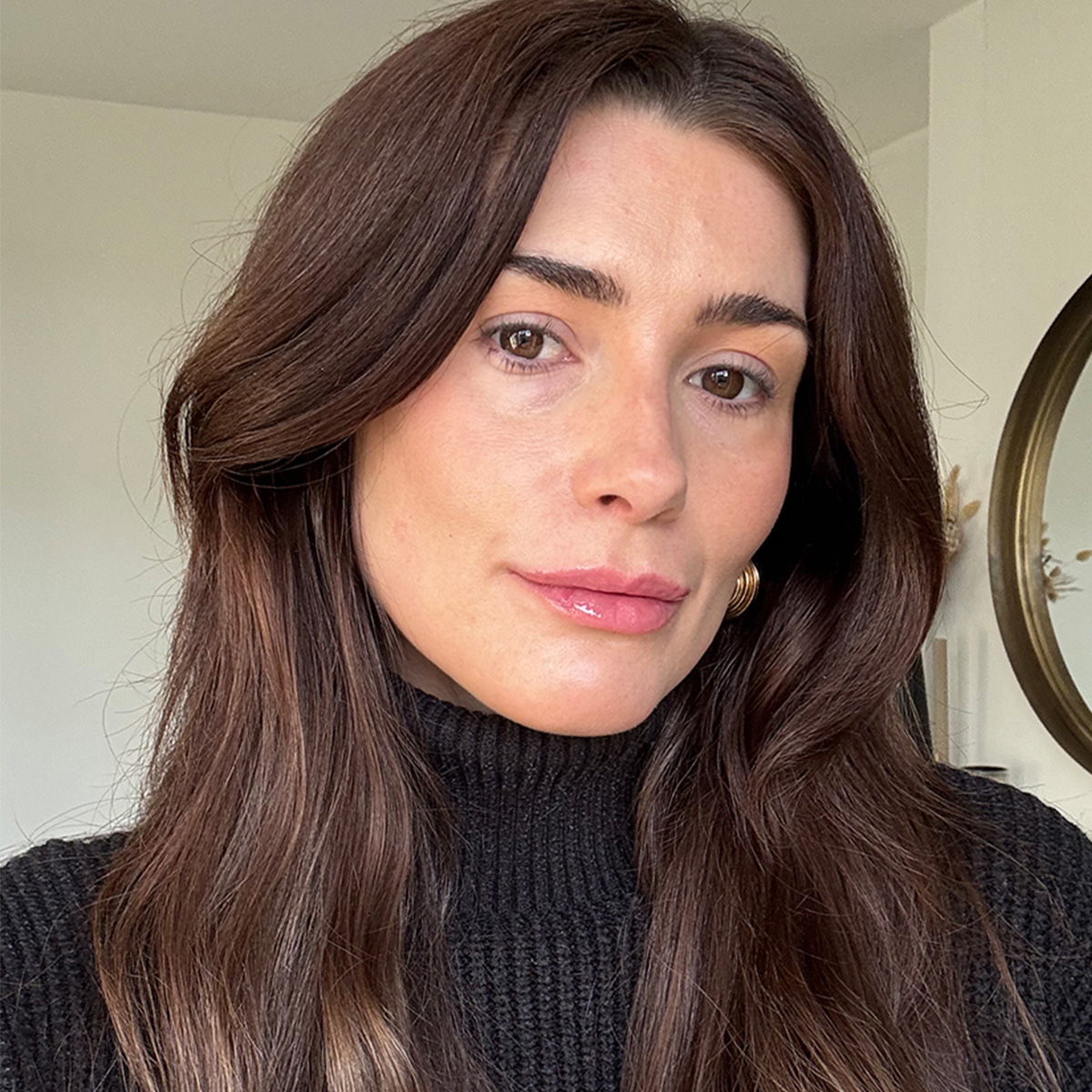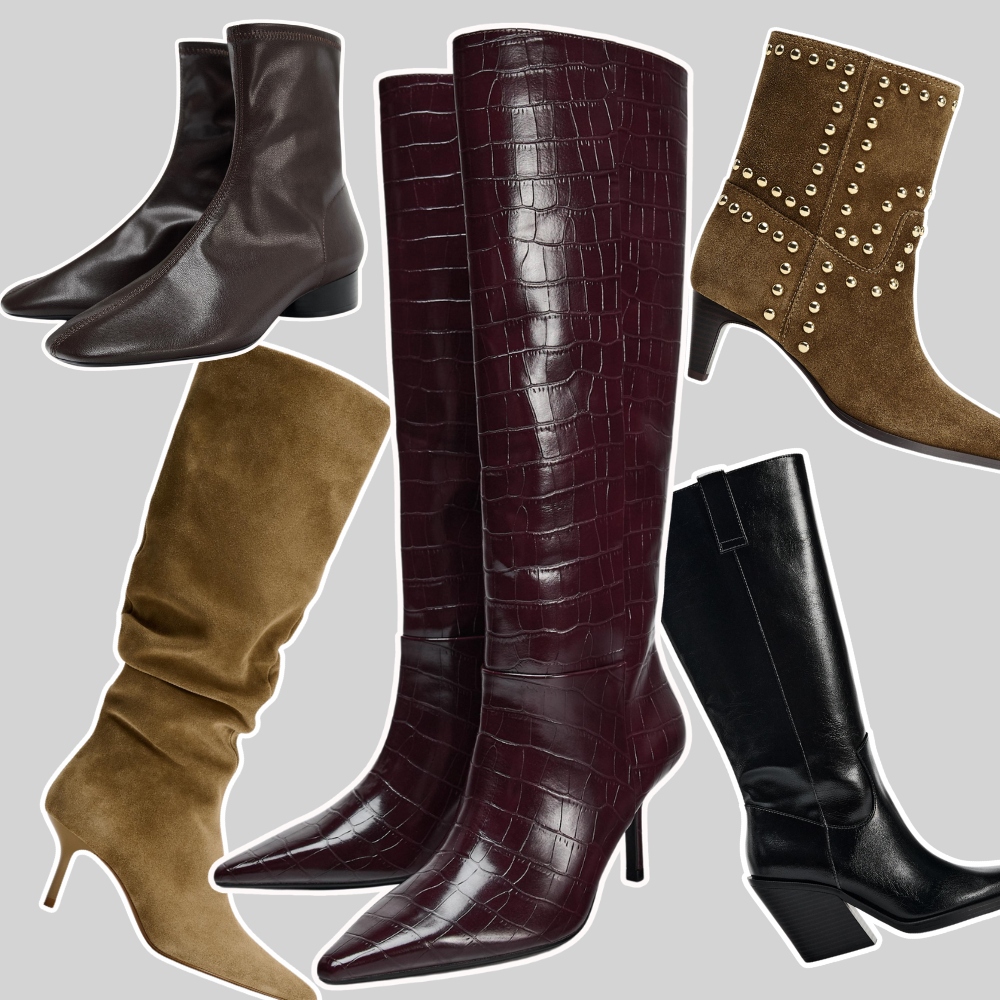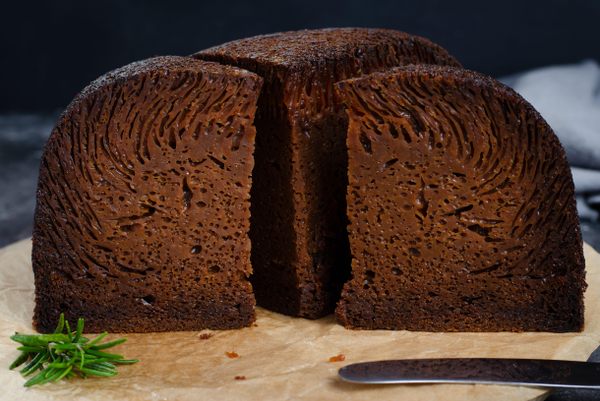How a UC Davis Research Center Is Changing the World of Coffee
On a recent frosty morning, I stood outside a small building on the University of California, Davis, campus. I was there for a chat with William Ristenpart, the head of the UC Davis Coffee Center, who, at 10 a.m. sharp, whizzed up on a bicycle. “That’s my daily commute!” he said breathlessly, unlocking the front door and ushering me inside. “Let’s make some coffee.” The UC Davis Coffee Center opened in May 2024, and was immediately met with a wave of media and public interest. Even though it is one of the U.S.’s predominant agricultural universities, the school has historically focused on what can grow locally, such as olives and wine grapes. Coffee, however, isn’t a major crop in Northern California. “It's definitely unusual in the sense that this is the nation's first academic center to focus on coffee,” Ristenpart commented, while bringing an espresso machine to whirring life. “It doesn't exist anywhere else, so it's unique in that regard.” However, Ristenpart, a chemical engineer, believes that the existence of an institution like the Coffee Center is long overdue. “What I point out to my wine colleagues is, here's the size of the wine economy in the United States,” he said, holding his hands a foot apart. “Here's the size of the coffee economy,” he added, flinging his arms out widely. But since grapes are grown and made into wine in the U.S., they’ve gotten the spotlight for over a century. “They've been baked into the DNA of the university for a very long time,” Ristenpart noted. “Coffee is not.” Even though more people drink coffee, the fact that it’s grown and processed abroad means that it’s been given less research consideration than local crops. While coffee is a personal passion of Ristenpart’s (“I often tell people there's too much blood in my caffeine stream,” he laughed), it’s only part of what he’s researched over the years. “My expertise is in transport phenomena, which is the technical phrase for [answering questions like] How do molecules move around? How does mass move around? How do fluids flow? How does heat move? How do things get from one place to another?” he said, while making me a double espresso. Coffee, as it turns out, is a useful tool for explaining some of the fundamentals of chemical engineering. Students have been able to take classes on coffee at UC Davis since 2013, when Ristenpart and his colleague Tonya Kuhl launched their “The Design of Coffee” freshman seminar. The course, according to a Davis press release, was “envisioned as a gentle introduction to chemical engineering.” Students are required to complete assignments such as roasting coffee and measuring the amount of energy it takes, as well as measuring the pH of brewed coffee. In an article, Ristenpart explained that these activities serve to introduce students to the law of conservation of energy and the kinetics of chemical reactions respectively. The class, which became a general-education course in 2014, “exploded in popularity,” Ristenpart said, and large numbers of students still sign up for it even a decade later. “During the entire academic year, we have more than 2,000 students go through that class. And for comparison, UC Davis admits about 6,000 freshmen a year,” he said. “So roughly one third of the students you see wandering around campus have taken or will take the coffee lab.” Originally constructed for military research, the Coffee Center’s building became available in 2016. “The stars just aligned,” said Ristenpart. It took eight years to gut the building and add in the electrical components and plumbing “to make it a coffee center rather than a military-themed research center,” he added. Funds for the renovation were donated by a number of coffee concerns, and the operating expenses for the center, Ristenpart said, all come from selling their very own “Aggie Blend” roasts to the public. Companies and organizations such as the Coffee Science Foundation also offer funds for research projects. Ristenpart led me into a large classroom, with diagrams and formulas splayed out over a large whiteboard. One wall was covered in framed pages of research papers, along with a familiar chart that I had seen before, hanging on the walls of coffee shops. “That’s the Coffee Taster’s Flavor Wheel,” Ristenpart said. Though putting the chart together was a collaborative effort by researchers and scientists, he proudly told me that the assistant for his coffee class, Molly Spencer, did the statistics for the revised wheel that was released in 2017. Then, coffees in hand, we hustled over to another airy room. “This is our sensory lab,” he said, and showed me the tables where coffee tasting, or “cupping,” takes place. One wall was lined with several small windows, which were actually pass-throughs into a room lined with a long table that was partitioned into small cubbies, each set with a chair. This, he explained, is how the Coffee Center conducts rigorous tastings of different kinds of coffee. He fli

On a recent frosty morning, I stood outside a small building on the University of California, Davis, campus. I was there for a chat with William Ristenpart, the head of the UC Davis Coffee Center, who, at 10 a.m. sharp, whizzed up on a bicycle.
“That’s my daily commute!” he said breathlessly, unlocking the front door and ushering me inside. “Let’s make some coffee.”
The UC Davis Coffee Center opened in May 2024, and was immediately met with a wave of media and public interest. Even though it is one of the U.S.’s predominant agricultural universities, the school has historically focused on what can grow locally, such as olives and wine grapes. Coffee, however, isn’t a major crop in Northern California. “It's definitely unusual in the sense that this is the nation's first academic center to focus on coffee,” Ristenpart commented, while bringing an espresso machine to whirring life. “It doesn't exist anywhere else, so it's unique in that regard.”

However, Ristenpart, a chemical engineer, believes that the existence of an institution like the Coffee Center is long overdue. “What I point out to my wine colleagues is, here's the size of the wine economy in the United States,” he said, holding his hands a foot apart. “Here's the size of the coffee economy,” he added, flinging his arms out widely. But since grapes are grown and made into wine in the U.S., they’ve gotten the spotlight for over a century. “They've been baked into the DNA of the university for a very long time,” Ristenpart noted. “Coffee is not.” Even though more people drink coffee, the fact that it’s grown and processed abroad means that it’s been given less research consideration than local crops.
While coffee is a personal passion of Ristenpart’s (“I often tell people there's too much blood in my caffeine stream,” he laughed), it’s only part of what he’s researched over the years. “My expertise is in transport phenomena, which is the technical phrase for [answering questions like] How do molecules move around? How does mass move around? How do fluids flow? How does heat move? How do things get from one place to another?” he said, while making me a double espresso. Coffee, as it turns out, is a useful tool for explaining some of the fundamentals of chemical engineering.
Students have been able to take classes on coffee at UC Davis since 2013, when Ristenpart and his colleague Tonya Kuhl launched their “The Design of Coffee” freshman seminar. The course, according to a Davis press release, was “envisioned as a gentle introduction to chemical engineering.” Students are required to complete assignments such as roasting coffee and measuring the amount of energy it takes, as well as measuring the pH of brewed coffee. In an article, Ristenpart explained that these activities serve to introduce students to the law of conservation of energy and the kinetics of chemical reactions respectively.
The class, which became a general-education course in 2014, “exploded in popularity,” Ristenpart said, and large numbers of students still sign up for it even a decade later. “During the entire academic year, we have more than 2,000 students go through that class. And for comparison, UC Davis admits about 6,000 freshmen a year,” he said. “So roughly one third of the students you see wandering around campus have taken or will take the coffee lab.”

Originally constructed for military research, the Coffee Center’s building became available in 2016. “The stars just aligned,” said Ristenpart. It took eight years to gut the building and add in the electrical components and plumbing “to make it a coffee center rather than a military-themed research center,” he added. Funds for the renovation were donated by a number of coffee concerns, and the operating expenses for the center, Ristenpart said, all come from selling their very own “Aggie Blend” roasts to the public. Companies and organizations such as the Coffee Science Foundation also offer funds for research projects.
Ristenpart led me into a large classroom, with diagrams and formulas splayed out over a large whiteboard. One wall was covered in framed pages of research papers, along with a familiar chart that I had seen before, hanging on the walls of coffee shops. “That’s the Coffee Taster’s Flavor Wheel,” Ristenpart said. Though putting the chart together was a collaborative effort by researchers and scientists, he proudly told me that the assistant for his coffee class, Molly Spencer, did the statistics for the revised wheel that was released in 2017.
Then, coffees in hand, we hustled over to another airy room. “This is our sensory lab,” he said, and showed me the tables where coffee tasting, or “cupping,” takes place. One wall was lined with several small windows, which were actually pass-throughs into a room lined with a long table that was partitioned into small cubbies, each set with a chair.

This, he explained, is how the Coffee Center conducts rigorous tastings of different kinds of coffee. He flicked on a light, which filled the small room with a deep red glow. “The reason to use a red light is that if you can see how dark [the coffee] is, that gives you an expectation bias. You'll expect it to taste darker,” he explained. “We also use the booths so you don't have context bias. If you're out cupping over there, one person sips and then grimaces, that's going to affect everybody else around them, right?”
The next few minutes were a whirlwind of opening and closing doors. “This is the Toddy Innovation Lab,” Ristenpart said, showing me a room for research into cold-brew that was dominated by a 300-pound ice machine, and then another room filled with plastic containers of green coffee beans. “People ask me, ‘What does chemical engineering have to do with coffee?’ and then I have them smell this,” he said, hefting a handful of grassy-smelling, gray-green beans. When people see and smell unroasted green coffee beans, he explained, they often realize how much chemistry goes into transforming them into the richly scented drink that they recognize.
The Coffee Center is working on a number of projects at the moment, but there’s one, helmed by Laudia Anokye-Bempah, a Ph.D. student, that Ristenpart is particularly excited about. He told me about a paper that’s currently in peer review, “A Universal Color Curve for Roasted Coffee.” “A big confusion in the coffee industry is: What does 'medium-roast' actually mean? So we're working with the SCA [Specialty Coffee Association] to help them get some color standards by having a universal coffee color curve,” Ristenpart said.
At the end of the Coffee Center tour, my head was buzzing both from all the information and the double espresso. Back at the front of the building, a wall covered in the names of donors loomed over a coffee plant in a pot. It was a Caturra plant, a type of Arabica coffee, Ristenpart informed me. “We call this guy Felix the Caturra,” he said. “Just like there's Cabernet Sauvignon, Merlot, and Zinfandel, there are all these different varieties of coffee that most consumers have no idea about.”

There was one more thing Ristenpart wanted me to know about coffee. “Black coffee can be sweet, can be naturally sweet, without adding any sugar,” he said. “In some sense, that's the Holy Grail of coffee.” Then, he wistfully related how, in 2017, three Japanese exchange students in his summer coffee class actually achieved this master brew. “It had this intensely sweet flavor,” he said, and a rich aftertaste that lingered even an hour afterwards. Unfortunately, the students hadn’t recorded exactly how they had roasted and brewed their coffee, though they tried to retrace their steps for the rest of the quarter.
Something those students did resulted in a magical cup of coffee. While recreating it might be impossible, the Coffee Center wants to at least try. “One of the challenges for coffee is that it's a moving target,” Ristenpart noted. Everything from how coffee is grown to how it's fermented, stored, shipped, roasted, ground, and brewed can change the final taste. That’s one of the main goals of the Coffee Center, said Ristenpart: to “nail down as many of those variables and try to isolate what is impacting the flavor.”






















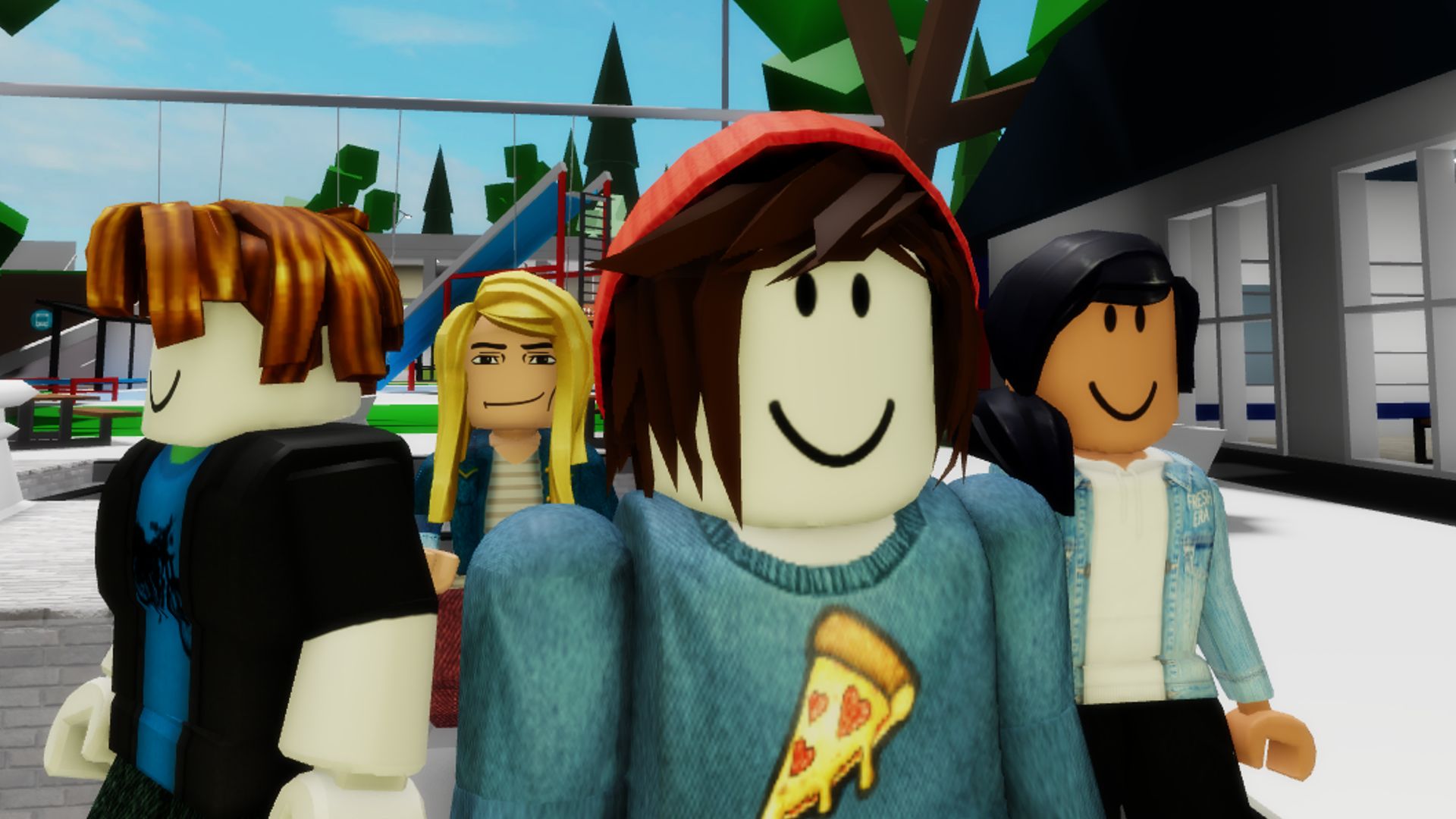

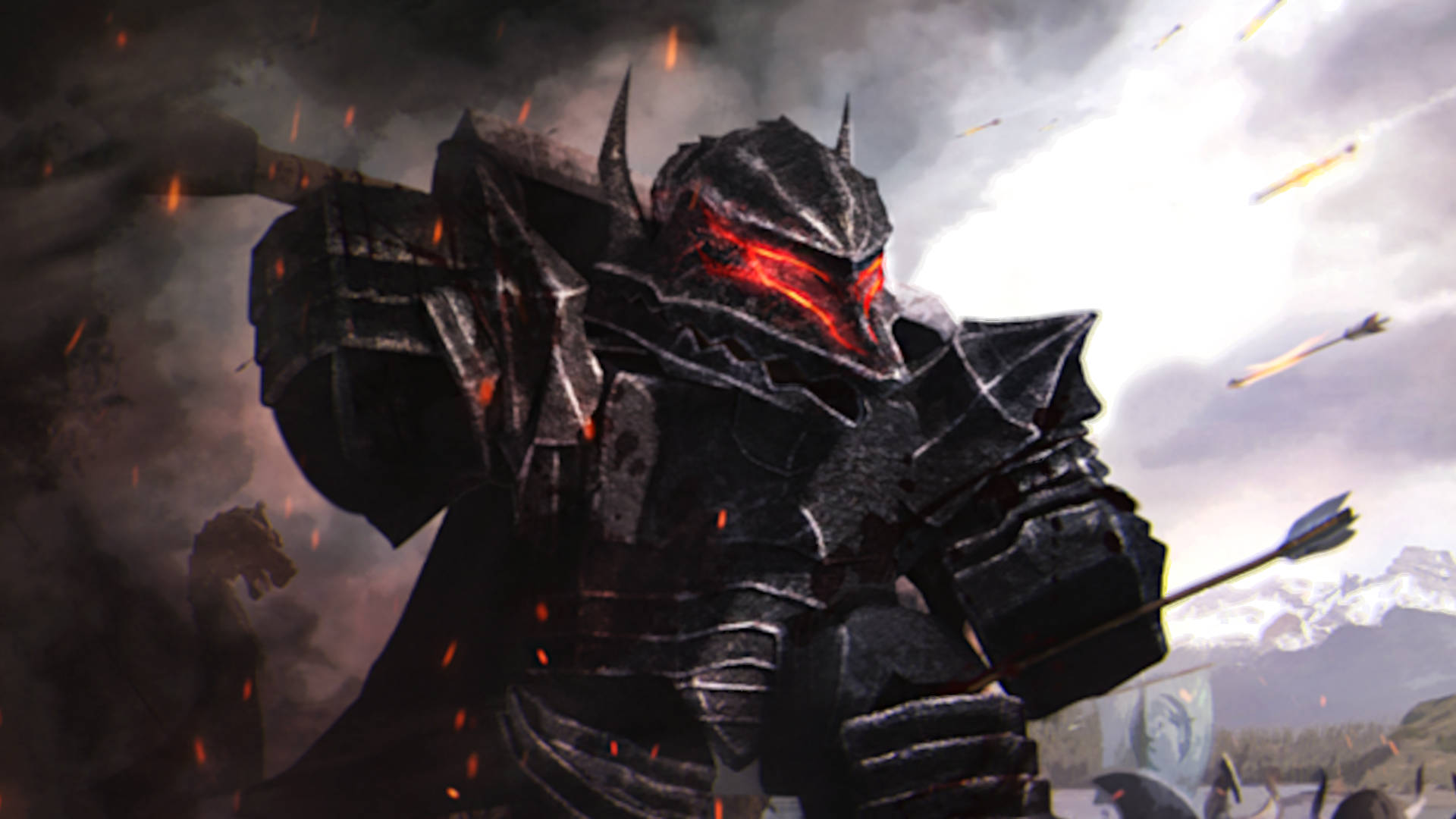
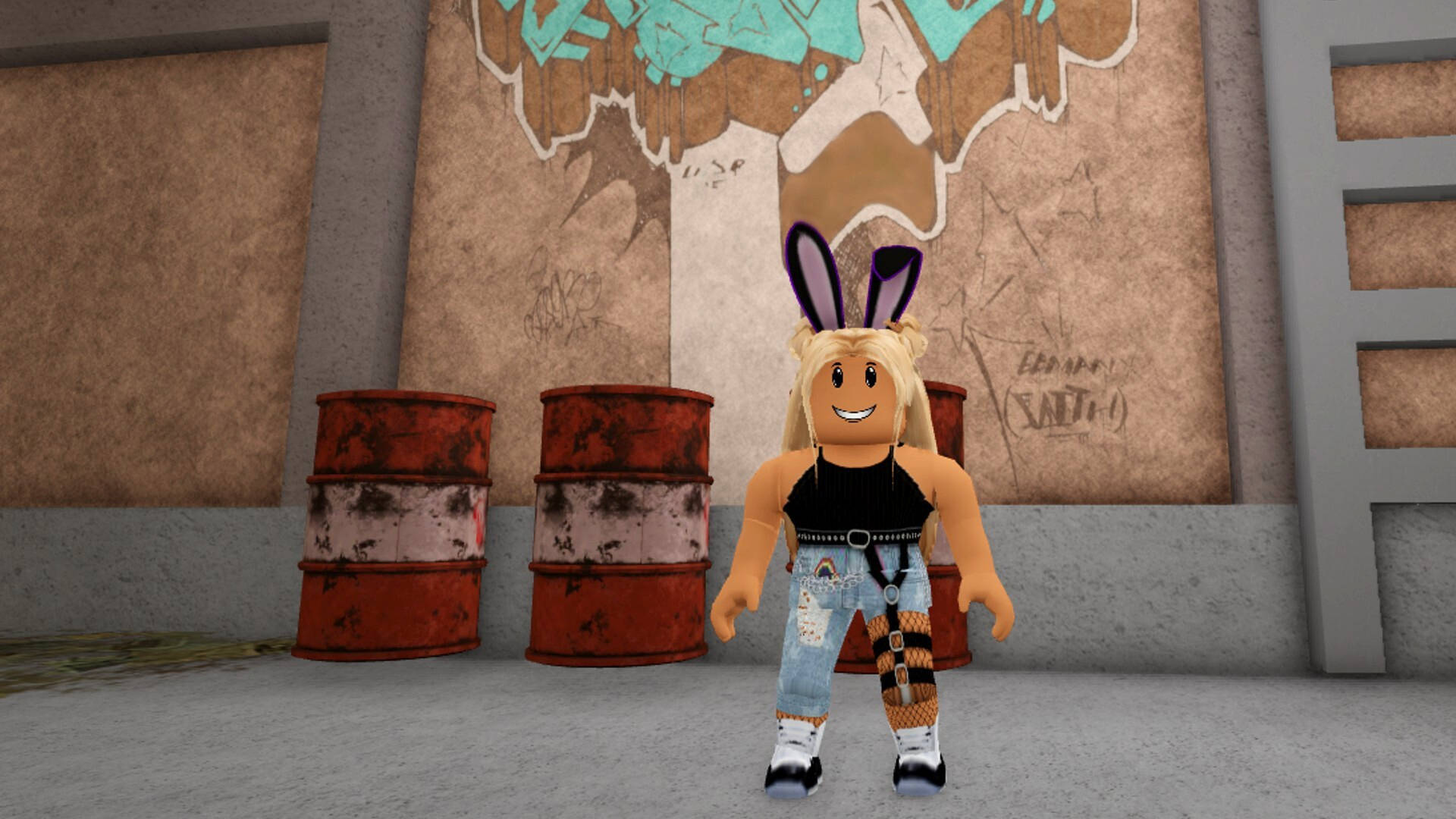







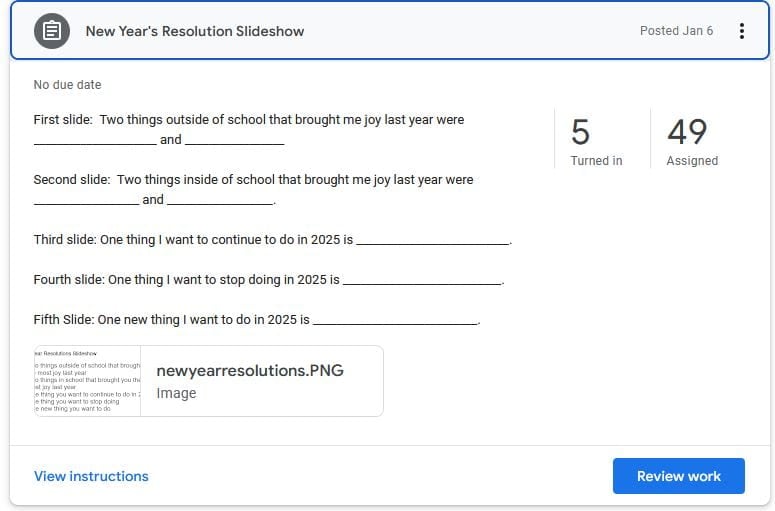



/https://tf-cmsv2-smithsonianmag-media.s3.amazonaws.com/filer_public/b9/66/b966cb9e-8fe2-4d1c-bd7a-ba59740291ae/smithmag-podcast-s03-ep02-auroras-article.jpg?#)




















